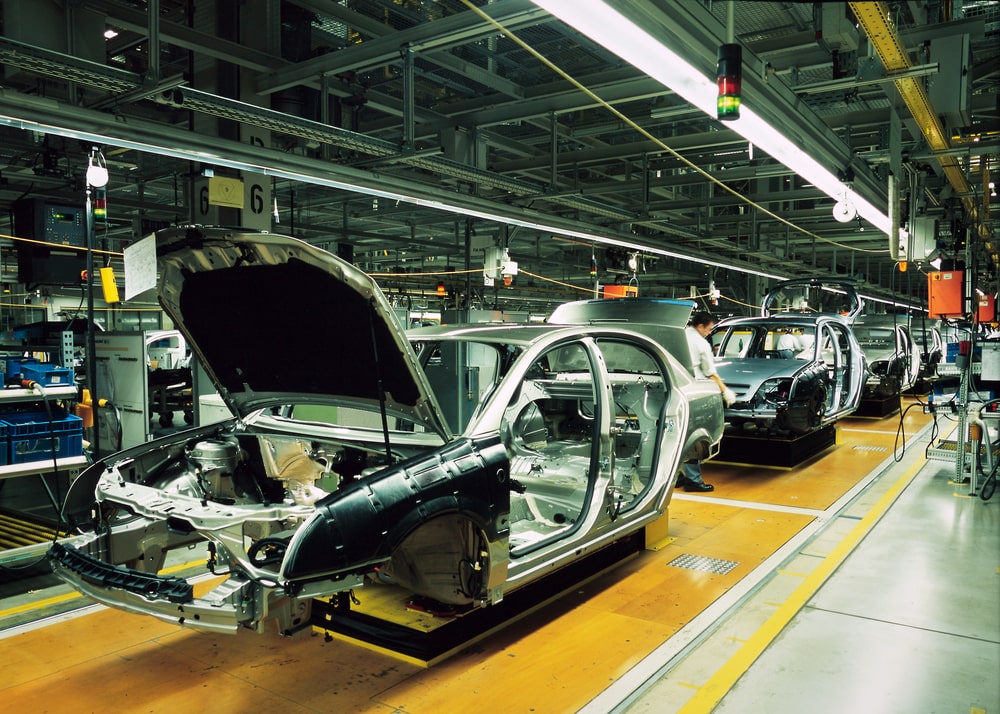
The semiconductor chip crisis that hit companies around the world earlier this year shows no signs of ending any time soon and will continue to impact the supply chains for many industries.
Russell’s analysis done earlier this year, showed that Volkswagen has the largest financial exposure to the semiconductor shortage with $1.7 billion, followed by Daimler AG ($849 million), BMW ($581 million), Peugeot ($336 million) and Renault ($231 million).
The figures were obtained by analysing, on a country-by-country basis, the import values of integrated circuit boards (ICB) and semiconductors of some of the world’s leading carmakers.
Indeed, some organisations have yet to fully recover from the impact of the blockage of the Suez Canal last March on their ability to send and receive essential materials, parts and supplies.
More significant than that, however, is the complexity and sheer scale of the manufacturing and production that goes into the making of semi-conductors. So many chemicals, all of which have to cross supply chains and all of which are necessary for production. Coal production is still necessary it seems to ultimately build silicon chips, but national bodies, supra-national entities, consumers and environmental lobbyists are calling for an end to coal production – who can square that circle? Meanwhile millions of gallons of water are being poured into microchip production while rivers in some of the world’s most populated regions are losing water, many because of climate change.
Affected rivers include the Yellow River in northern China, the Ganges in India, the Niger in West Africa, and the Colorado in the southwestern United States. When added to the effects from damming, irrigation and other water use, these changes could add up to a threat to future supplies of food and water, the researchers reported in the American Meteorological Society’s Journal of Climate.
Could they also affect supplies of silicon chips?
To put semi-conductor water resource use into some kind of context, the Water Resources Group, an arm of the World Bank, says that water demand is expected to exceed current supply by 40% by 2030 – just ten years away! Competition for scarce water resources is increasing, especially as climate change is exacerbating risk and unpredictability. Water scarcity is also caused by water resource mismanagement.
According to SmarterBusiness, although meat farming is often targeted as the most intensive sector for energy and carbon, it’s actually lower on the list compared to grain, fruit and vegetable farming.
The thirstiest crops are wheat, corn, rice, cotton, and sugarcane.
Number two is the garment and textile industry, which is one of the most water-intensive industries in the world. Creating a single pair of jeans requires close to 7600 litres of water.
The industrial meat production complex at number three in the list uses a lot of water, almost a third of the water footprint of total agricultural production.
The beverage sector at number four produces juices, sodas, beers and a range of other drinks. Along with the water required in the liquids themselves, the additives add a water-intensive agricultural aspect (the industry requires farmed products such as barley, sugar, coffee, fruit etc.)
According to the Water Footprint Network, it takes:
It takes 147631 litres to produce the average domestic vehicle, which places the automotive industry, fifth in the list of the industries in which major water use occurs, in:
However, as we have noted in this paper even this auto industry statistic does not appear to factor in the impact of silicon chip use in vehicles, which would be a serious omission.